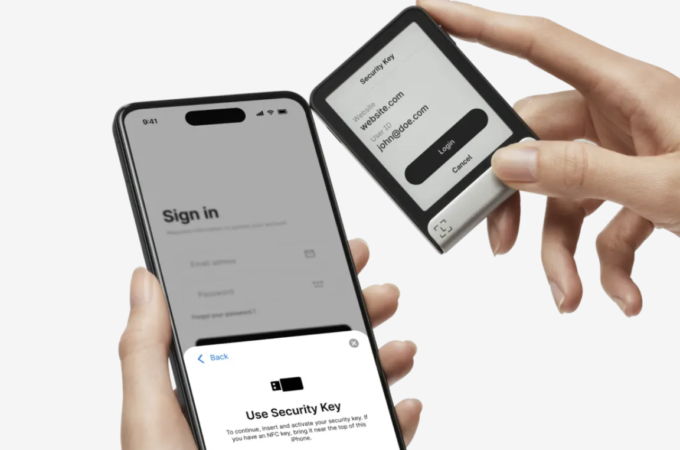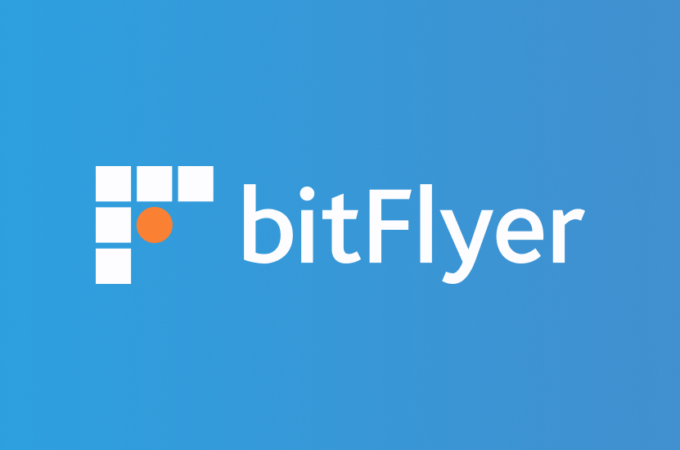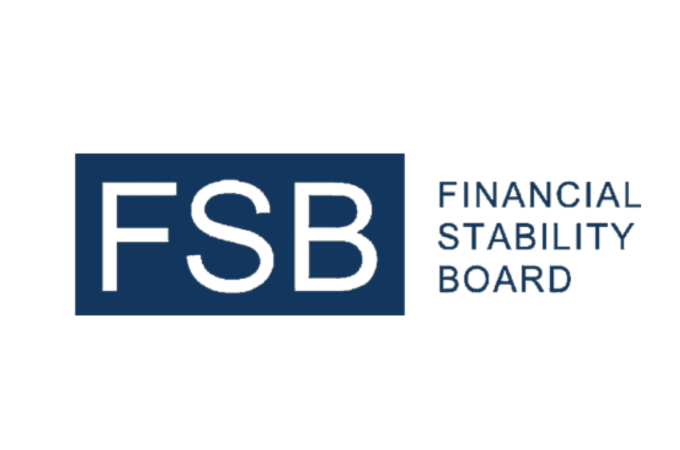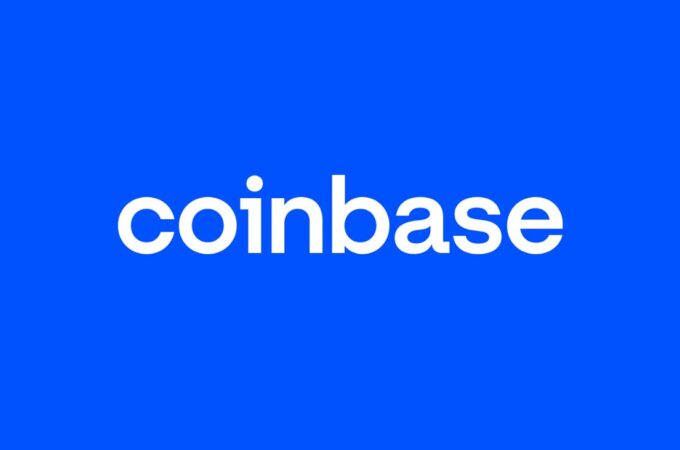Central Bankers Told They Should Be Sprinting Toward Blockchain
By Matthew Leising for Bloomberg
Janet Yellen, meet the blockchain. Blockchain, meet Janet Yellen.
The head of a startup bringing blockchain to finance had a prestigious audience last week: central bankers from 90 countries including Federal Reserve Chair Yellen, as well as officials from the International Monetary Fund, World Bank and Bank for International Settlements. His message: get on board with digital ledgers, which proponents say could dramatically improve how money flows around the globe.
“You should be running toward this opportunity,” Adam Ludwin, the chief executive officer of Chain, the San Francisco-based startup, said during his keynote address Wednesday at the International Conference on Policy Challenges for the Financial Sector event at the Federal Reserve in Washington.
Ludwin gave his audience a brief overview of how blockchains work and the history of the bitcoin digital currency, the best known use of blockchain, which was born out of the financial crisis in 2009. The technology’s potential has captivated Wall Street executives because it offers a way to free up billions of dollars by speeding transactions that currently can take days or weeks, tying up capital.
Bankers should issue traditional, fiat currency in digital form, Ludwin said during his speech, the details of which he told in an interview last week.
Golden Opportunity
“The real golden opportunity, the thing you should be working toward, is central bank digital currency,” he said he told the audience. The development of the Internet and microprocesssors had crucial government support. That’s where blockchain is today, he said. “At the infrastructure stage it’s almost always the government that plays a leading role as the creator or backer of the technology.”
Central bankers asked “sharp” questions on the subject, Ludwin added. “Their minds went not to challenge it, their minds went to ‘What does this mean?’”
Banks have a new reason to pay attention to emerging technologies following a series of thefts. In February, thieves made off with $81 million from the central bank of Bangladesh. A commercial bank in Ecuador said it was held up for $12 million last year, while a bank in Vietnam said criminals tried, and failed, to steal $1.1 million in what experts say may have been a practice run for Bangladesh. All of the attacks were committed by cybercriminals, and at least some made use of a messaging system run by the Society for Worldwide Interbank Financial Telecommunication, better known as Swift.
Blockchain could help prevent such hacks. Unlike Swift, a banking system run on a blockchain would be distributed with no one point of failure because the system runs simultaneously on all the computers linked to it around the world.
Bearer Instruments
Ludwin said the conference took place in the Eccles Building at the Fed, which is where the Federal Open Markets Committee meets to decide on monetary policy and tinker with interest rates. The room’s walls are covered by framed currencies such as an antique U.S. $10,000 bill, Ludwin said.
“We’re surrounded by these bearer instruments that have become art,” he said. So, naturally, he decided to show them the power of digital. As he spoke, he pulled out his phone and sent a bitcoin donation to Wikipedia.
“That was probably the first time bitcoin was used from the Federal Reserve,” he said. How much did he send? “A Hamilton,” he said, referring to the $10 bill. “It was intentional.” Treasury Secretary Alexander Hamilton persuaded Congress to create the First Bank of the United States in 1791.
On a more serious note, Ludwin told bankers that the question they face is not how digital currencies can help the current financial system, it’s what role central banks decide to play. They can operate the digital networks themselves, issue digital assets, hold those assets, create products and services to run on those networks or just observe them, he said.
In a specific example, he said the growth in leveraged credit products like repurchase agreements, commercial paper and money market funds are a natural fit to be transitioned onto a blockchain.
“That’s where central banks have the least ability to direct the economy,” he said, referring to those markets as “shadow banking.” If banks and their customers conducted those transactions on a blockchain, it would give central bankers new insight and transparency. That’s because all transactions on a blockchain are recorded, can’t be changed and can be viewed by anyone on the network at any time, including regulators.
And Yellen? How did she appear to take it all in? “She got it,” Ludwin said.
David Skidmore, a spokesman for the Fed, declined to comment.
First appeared at Bloomberg





